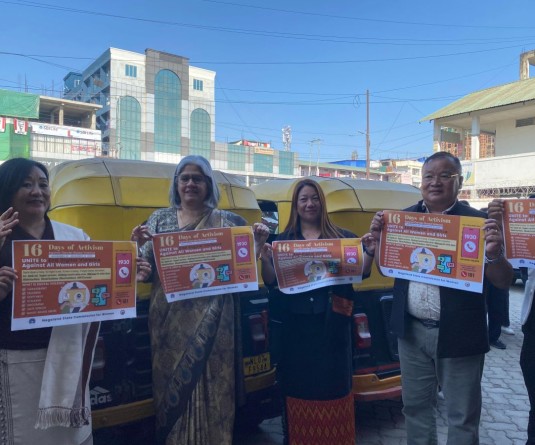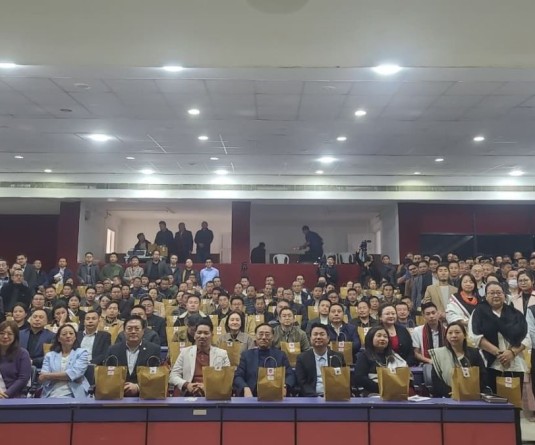
Our Correspondent
Kohima | May 22
During 2014-15, the number of power consumers in Nagaland State rose to consuming 2, 32, 211 people.
Of these, domestic consumers account for 90.01 per cent, commercial consumers account for 8.3 per cent and the rest include industrial consumption, public lighting, bulk, public water works and irrigation and agriculture.
The per capita consumption of electricity was 2279.56 units during 2014-2015 as against 1594.19 units in 2013-14 and 1740.36 units in 2012-13, according to Nagaland Economic Survey 2015-16 bought out by the Economics & Statistics Department, Government of Nagaland. The installed capacity for power generation in the state was 26.84 MW in 2014-15 comprising of hydro - 26.34 MW and diesel - 0.0005 MW. Aggregate generation of power during the year 2014-15 was 705.83 MKWH, of 88.07 per cent was purchased and the rest came from hydro sources.
The report stated that by strengthening the existing infrastructure as well as by commissioning new projects, the state anticipates generation of more power. During 2014-15, power generation increased by 16.57 per cent over the preceding year.
Meanwhile, in 2014-15, the revenue collection from sale of power increased to Rs. 9867.241 lakhs from Rs. 8222.79 lakhs in 2013-14. This indicates a growth of 19.10 per cent over the previous years. However, taking into account the expenditure of Rs. 36665.68 lakhs incurred for power generation, purchase and distribution in 2014-15, the revenue collection was only for 26.91 per cent of the expenditure.
The report revealed that the operating deficit corresponding to the revenue receipts is due to three factors: The first one is low Revenue Return. Extensive rural electrification for low density load with long transmission network accounts for high transmission losses leading to loss of revenue. In terms of commercial losses- pilferage, non-billing, under billing, inefficiency in collection led to revenue loss. These issues demand immediate attention.
The second is that increase in rate of power purchased without improving the operating efficiency widened the gap between revenue expenditure and receipt. Finally, being a welfare state, tariff is structured according to affordability of the consumer. Therefore, despite increase in expenditure, because of low tariff for certain sections of the population, revenue collection is negated.






